The attributes of the piece of land you choose to build on greatly influence the cost of putting up your dream building. Most times when people are buying land, they look at the cost of the land, proximity to infrastructure and other human related factors such as security.

While these are worthwhile parameters to consider in your search, I would like to bring your attention more factors that can greatly influence the cost of development for your piece of land.
1. The type of soil/substructure in the area – Most people buy land for residential developments that are usually not more than 6 stories tall. It is common knowledge that the foundation needs to lay on stable ground that allows one to safely transfer all the loading of the structure to the ground.

Due to different properties of soil and rock conditions in an area, it could be easier to build a foundation in some areas than others and thus reducing the amount of money you need to put in for sub-structural works.
2. The seismic conditions in the area – In Kenya, this is not a big problem in most areas. However, some areas experience earthquakes and seismic activities. The side effect of this is that the structure might need additional reinforcement and bracing to protect against the expected seismic vibrations.

This of course comes at an extra cost to you. There could also be a limit to the number of floors you are allowed to put up by the City council. It is worth it then to do a little background check on the areas before deciding to purchase that piece of land for development.
3. Proximity to Construction materials – How far are you going to go to get the materials you need to get the house done? The farther away this is the greater the cost of transportation. Especially if the construction involves many trips. If there are buildings around, get to know your neighbours and inquire the source of their materials to get a good measure of the distance.
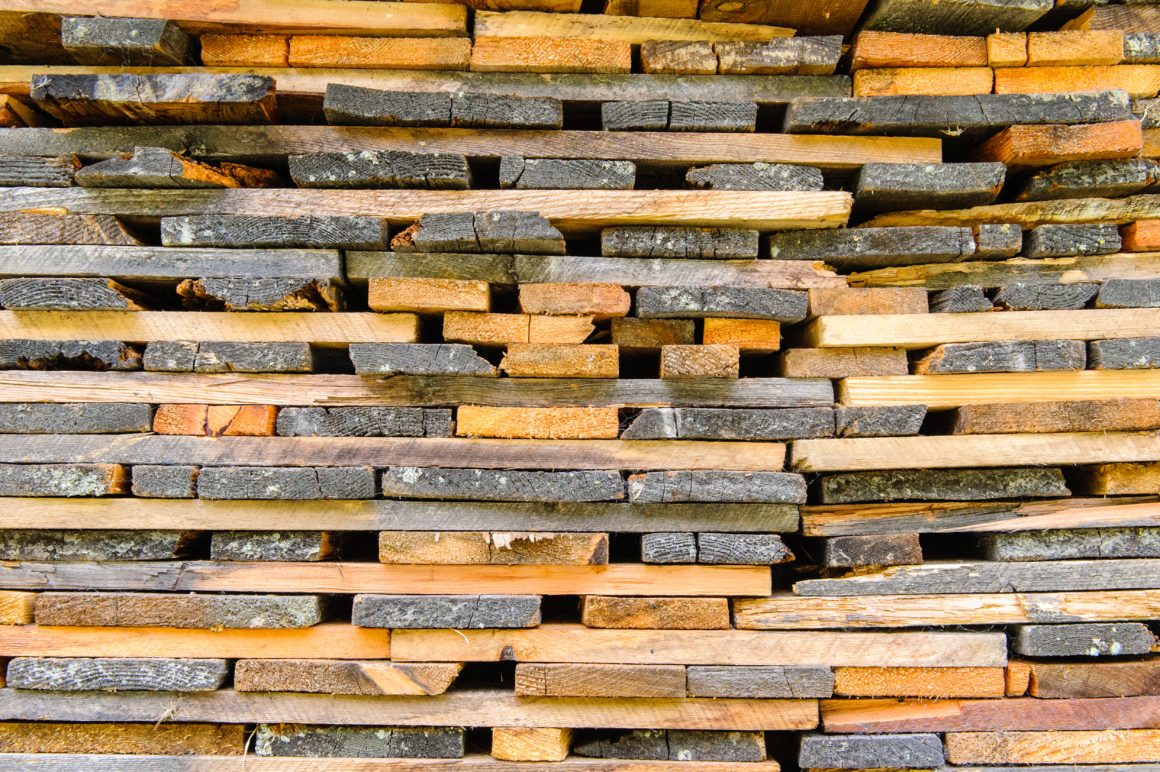
4. Accessibility to the area – Sure your piece of land has all the best qualities. Good soil,low risk of seismic activities,close to all materials you will ever need but is it accessible or will you need to build a road for yourself to get there.If roads exist, are they passable all year round?
How does this affect your construction and down the road, your development? A good way to crosscheck this is using the county urban planning plans. This way, you will know if there is a future in which a road will exist near your piece of land and take the calculated risk. Otherwise, inaccessibility affects the speed of construction and delays are expensive.
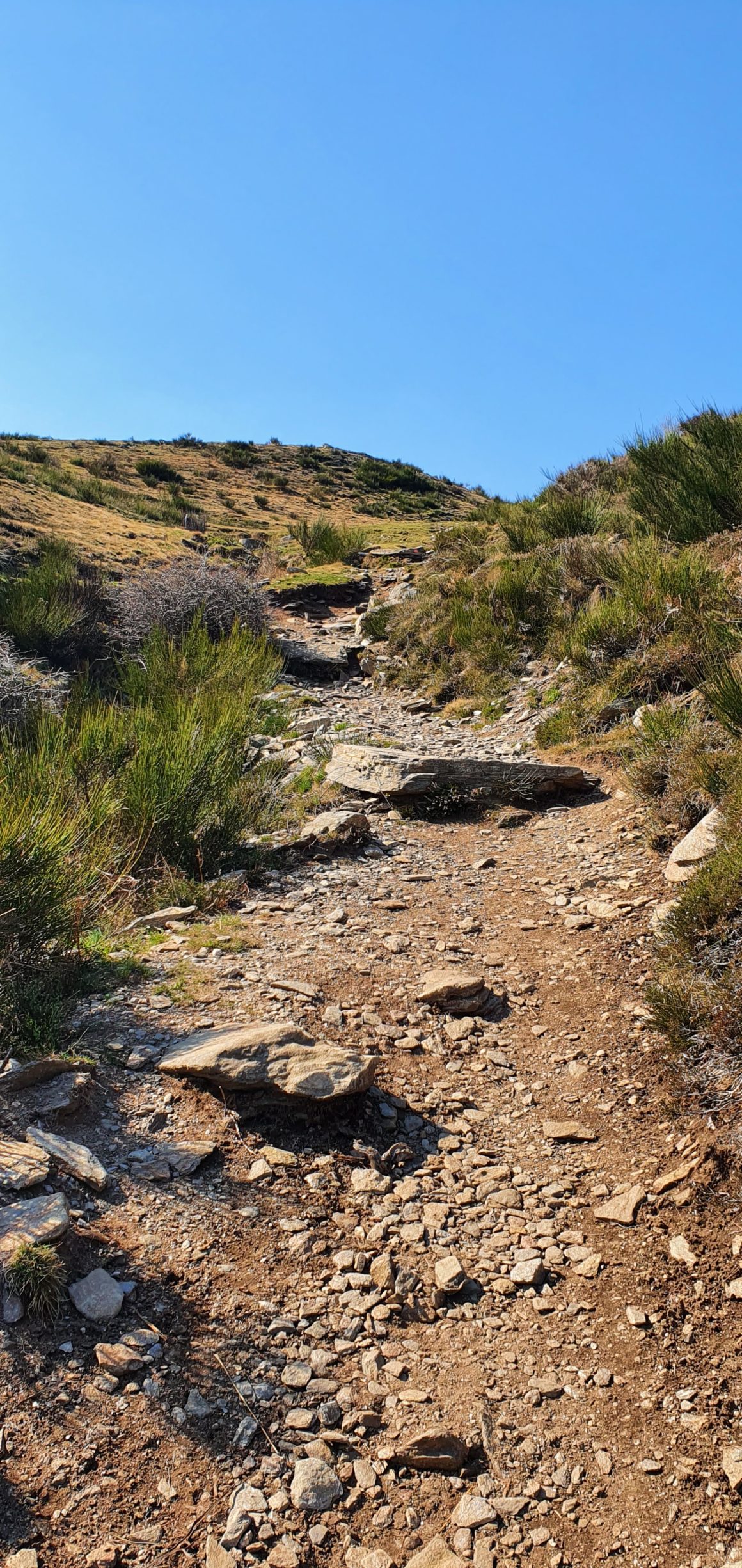
Add this to your list of things to look at when purchasing land for development and it will make your journey down the road easier. Hope these tips have been Helpful, Build Wisely!







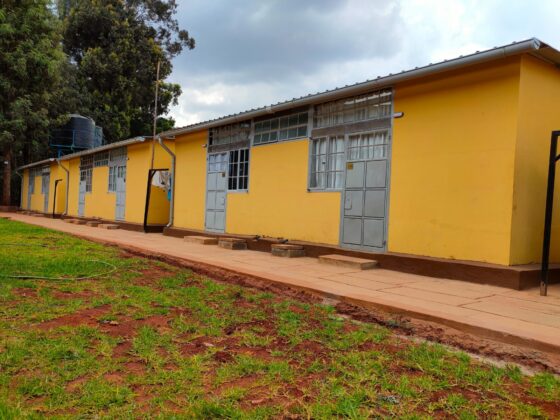
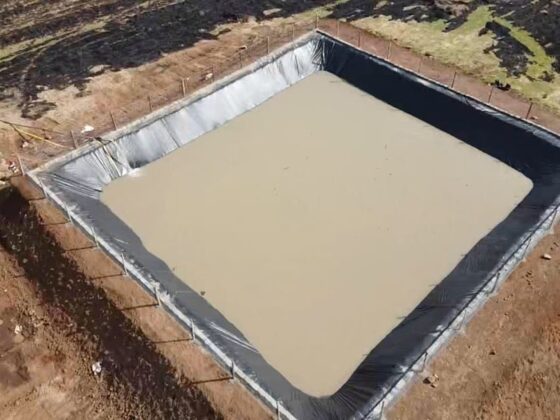
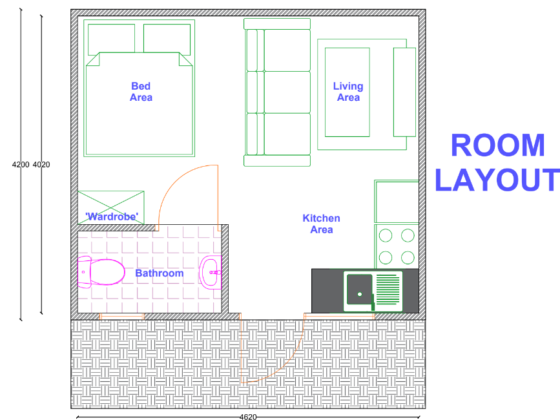

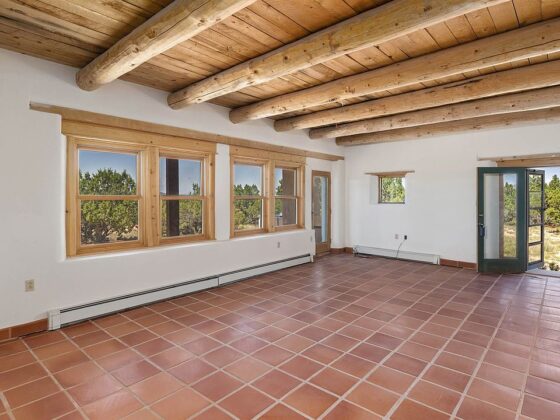
2 comments
Helpful indeed 😊😊😊
Welcome John. Glad we could help.